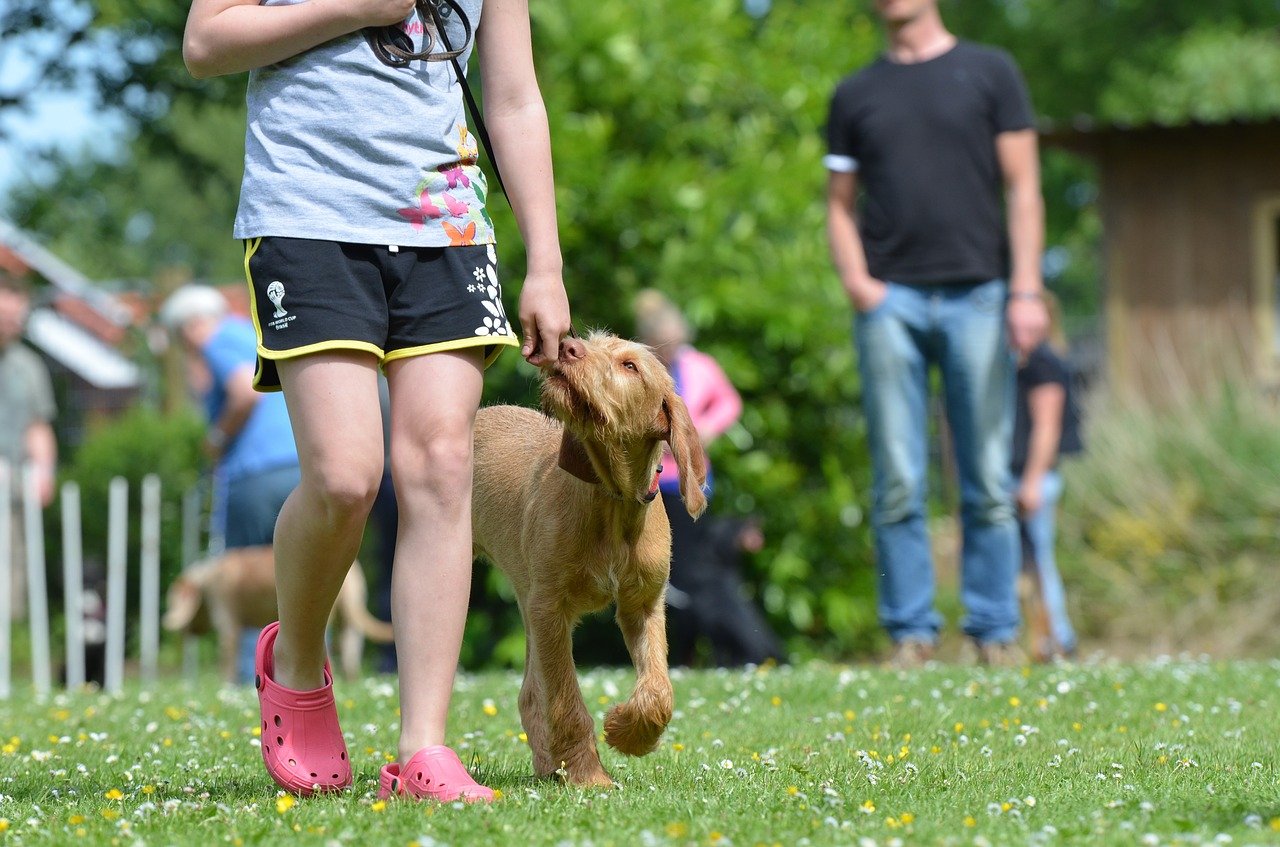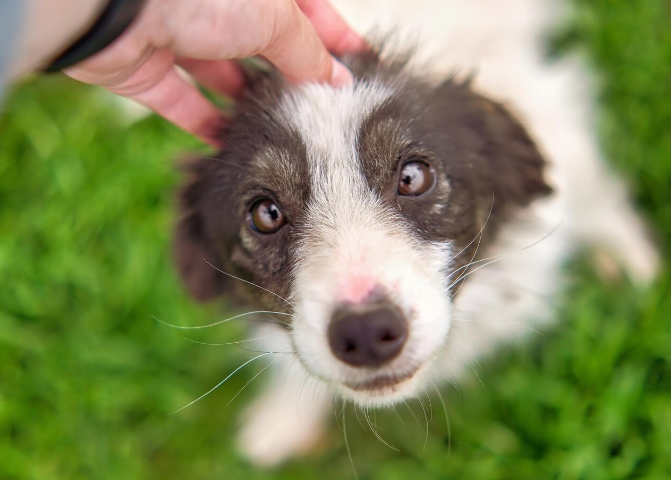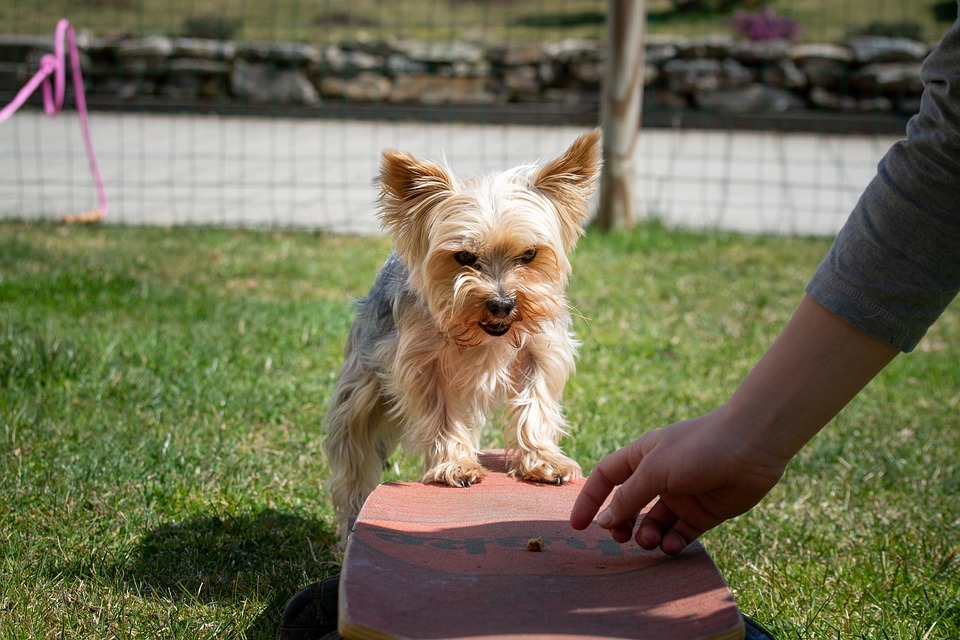
There are common behavioral issues in dogs, especially during the puppy phase. Some of them can be outgrown, others need to be addressed in a timely manner, to not turn into bad habits. When it comes to addressing dog behavioral issues, some owners decide to deal with them on their own, while others seek professional help. Based on the behavioral issue, the input of a professional may be needed. However, professionals in the context of training dogs, and addressing dog behavioral issues, usually have different types of qualifications.
Today we will take a closer look at the different types of professionals in the field of dog training and behavior and what exactly the term “dog behaviorist” means.
Trainer vs Certified Professional Dog Trainer
The term “trainer” is widely used and refers to people who mainly train dogs in basic obedience skills, such as “sit”, “stay”, “down”, walk on a leash. However, some trainers are pros in advanced obedience as well, and also can help address some common behavioral issues in dogs, such as pulling on a leash or chewing. The education of dog trainers may vary from self-educating through books and videos, to apprenticing to recognized trainers and/or organizations, taking courses, volunteering in shelters, and getting certified by training organizations. You may have heard people referring to dog trainers as “pet therapists” or “behavior counselors”.
Speaking about trainers, getting certified by a recognized school or an organization, we have to mention the following organizations:
- The Certification Council for Professional Dog Trainers (CCPDT);
- The Association of Professional Dog Trainers (APDT).
Earning the title of a Certified Professional Dog Trainer (CPDT), a person must meet several requirements:
- They must pass a test, administered by the Certification Council of Professional Dog Trainers, which is designed to evaluate the candidate based on their knowledge of dog behavior, ethology, basic learning theory, teaching skills, and canine husbandry;
- They must work a certain number of hours as dog trainers;
- They must provide letters of recommendation;
- They must follow a code of ethics;
- They must continue working on their education credits, to keep their title.
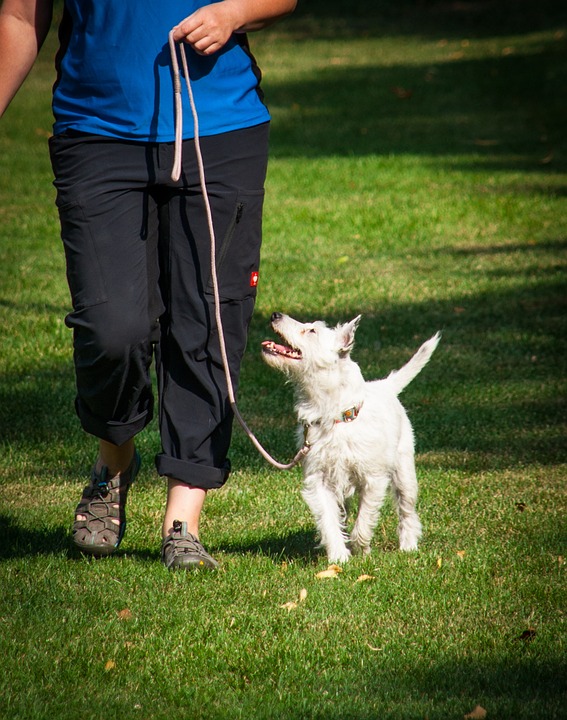
Applied Animal Behaviorist vs Associate Certified Applied Animal Behaviorist (ACAAB) vs Certified Applied Animal Behaviorist (CAAB)
Applied Animal Behaviorists- Requirements
Applied animal behaviorists have one of the following degrees in animal behavior: MS, MA, or Ph.D. They are considered professionals in dog and cat behavior but also can be experts in topics related to the behavior of other animal species, such as birds and horses.
The Animal Behavior Society (ABS) is an organization in North America, that is a leader in the field of animal study and behavior. Being certified by the ABS means, that a person meets a minimum of standards required by the society for an applied animal behaviorist, namely education, experience, and ethics.
A person can opt for one of the following two levels of certification:
-Associate Certified Applied Animal Behaviorist (ACAAB);
-Certified Applied Animal Behaviorist (CAAB).
Educational requirements to become an ACAAB
Educational requirements feature:
“a Master's degree from a USDE or CHEA accredited college or university in a biological or behavioral science with an emphasis in animal behavior and a research-based thesis. Undergraduate and/or graduate coursework must include 30-semester credits in behavioral science courses including 9-semester credits in ethology, animal behavior, and/or comparative psychology and 9-semester credits in animal learning, conditioning, and or animal psychology (e.g., experimental psychology).”
Experimental requirements to become an ACAAB
Experimental requirements feature:
“A minimum of two years of professional experience in applied animal behavior. The applicant must demonstrate the ability to perform independently and professionally in applied animal behavior. Examples include performing independent studies, data analysis, formulation and testing of hypotheses, and professional writing. Also required is evidence of significant experience working interactively with a particular species (such as a researcher, research assistant, or intern working with a certified applied animal behaviorist) prior to working independently with the species in a clinical animal behavior setting.”
Applicants must have attended and presented a contributed talk or poster at an ABS annual meeting within 5 years prior to applying for certification”.
Endorsement requirements to become an ACAAB
Endorsement requirements feature:
“The provision of a minimum of three letters of recommendation, one from a Certified ABS member (CAAB or ACAAB) and one from a regular ABS member (NON CAAB/ACAAB) affirming the applicant's professional experience in the areas listed above. Only two of these letters may come from the same institution”.
To become a Certified Applied Animal Behaviorist a person must meet even more meticulous criteria.
Educational requirements to become a CAAB
Educational requirements feature:
“...a doctoral degree from an accredited college or university in a biological or behavioral science with an emphasis on animal behavior, including five years of professional experience, or a doctorate from an accredited college or university in veterinary medicine plus two years in a university-approved residency in animal behavior and three additional years of professional experience in applied animal behavior. Any of these degrees must include the same coursework requirements as the Associate Certified Applied Animal Behaviorist.”
Experimental requirements to become a CAAB
Experimental requirements feature:
“The successful applicant must also demonstrate a thorough knowledge of the literature, scientific principles, and principles of animal behavior, demonstrate original contributions or original interpretations of animal behavior information, and show evidence of significant experience working interactively with a particular species as a researcher, research assistant or intern with a Certified Applied Animal Behaviorist prior to working independently with the species in a clinical animal behavior setting. Applicants must have attended and presented a contributed talk or poster at an ABS annual meeting within 5 years prior to applying for certification”.
Endorsement requirements to become a CAAB
Endorsement requirements feature:
“Endorsement requirements are identical to those of the Associate Certified Applied Animal Behaviorist. Exceptions to any of the above requirements will be considered by the Board of Professional Certification upon receipt of a written statement explaining why and how the intent of the educational and experiential requirements are satisfied”.
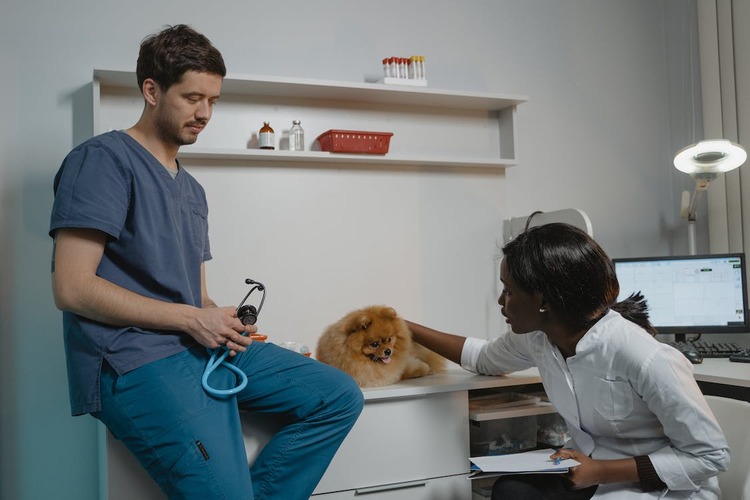
Veterinary Behaviorists
Veterinary behaviorists are the only type of dog behaviorists, who have to earn a veterinary degree first to be able to expand their qualifications and become animal behaviorists. Although courses for animal behavior are included in veterinary education, deeper knowledge in this matter is not required, hence being an animal behaviorist is not mandatory to become a veterinarian. However, veterinarians who look for extensive education in animal behavior, usually consider certification through the American College of Veterinary Behaviorists. Those of them who want to become Diplomats of the American College of Veterinary Behaviorists must also:
-pass an exam to qualify;
-complete a residency in behavior.
An important difference between veterinary behaviorists and the other types of animal behaviorists is that only the first type is eligible to prescribe medication as a part of animal treatment. Compulsive behaviors, phobias, and anxiety are among the common behavioral issues, whose addressing may also include medication. A veterinarian may need to spend between 4 and 12 years studying both medical- and behavior-related problems in animals before they get certified as a Diplomat of the American College of Veterinary Behaviorists.
How to Choose Which Professional Would Be the Right Fit for Your Dog?
Knowing the difference between the different types of experts in animal behavior is the first step toward choosing the right type of professional for our dog. In order to take the right decision, we need to consider several factors, i.e.
Type of Problems That Your Dog Deals With
If your paw friend needs basic obedience training, such as “sit”, “stay” and calmly walking on a leash, you can turn to a dog trainer. A dog trainer can also help address mild behavioral issues, which do not possess a risk to the health and safety of family members or strangers, i.e. pulling on a leash, getting overly excited, jumping on guests or passersby to greet them, barking to get food or attention...etc.
If your dog deals with more serious behavioral issues, including aggression, phobias, severe separation anxiety (and we are not talking about occasionally whining when being left alone during the puppy phase), and fear, you should turn to a behavioral expert.
In case there is an underlying health condition, that has caused a behavioral issue, i.e. a dog is in pain and he/she can not stand being handled or petted, an adult dog has a urinary tract infection and starts relieving him/herself on the floor, you should contact a veterinarian.
It is always recommended that dog owners consult a veterinarian first for two reasons:
-They can exclude a disease as a possible cause for the behavioral issue;
-They can receive recommendations from the veterinarian for a behavioral expert that might be able to help;
-In case of a medical issue, they can prescribe medication.
Do Research
This means gathering as much information as possible about the professionals that might be the right fit for you, including their education, certification, professional experience, approaches, and methodology they use (we would recommend that you opt for positive reinforcement), availability, requirements, schedule, prices... It would be helpful to you even to visit the facility (in case you will need to bring your dog to a certain facility) where the training/consultation will take place and observe how the process works.
Recommendations
Always check with a veterinarian what experts they would recommend for your particular case. Even if you have found a pro in their field, they might not be suitable for you and your paw friend in particular.
Another type of recommendation is the one received from previous customers. You should check reviews or contact previous clients.
Direct Contact
Direct contact is the best way to evaluate a person after all… You may want to interview several professionals prior to choosing one of them. Do not hesitate to ask all the questions in regard to their education and experience that are important to you. A real professional won’t have any problem explaining what their degree, experience, and methodology is. Also, the way they talk to you may be indicative of the way they will interact with your dog as well.






